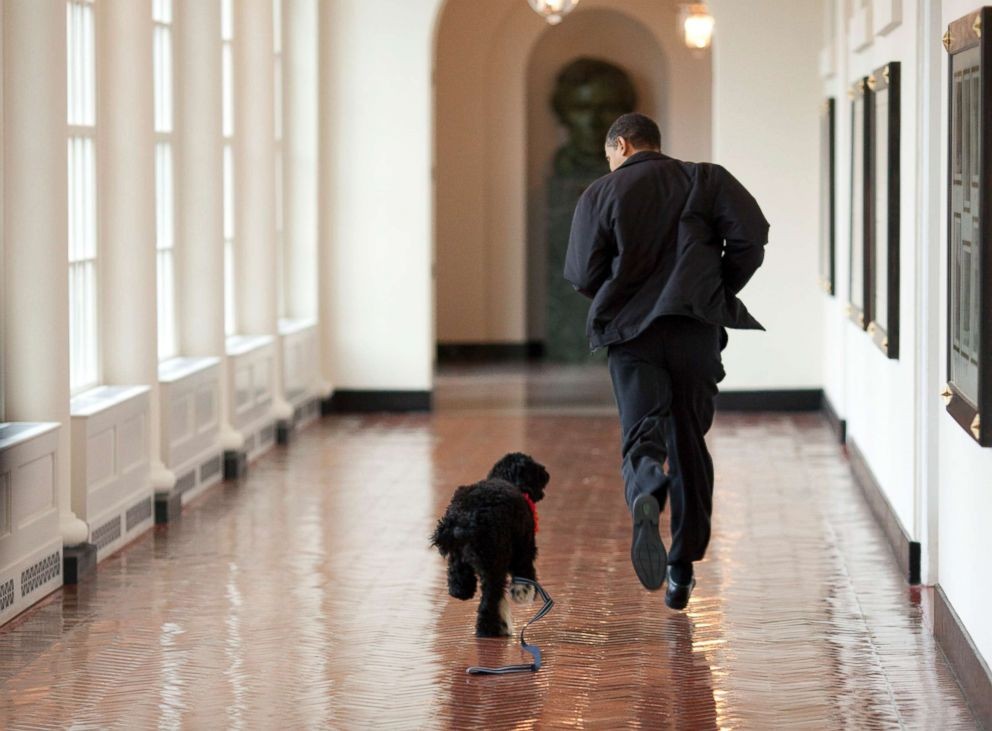While the image of a president and their pet frolicking on the White House lawn is a beloved symbol in American culture, one modern president notably broke with this tradition: Donald Trump. Throughout his presidency, the question “Has Trump Ever Had A Pet?” frequently surfaced, sparking curiosity and discussion. The answer, unlike the wagging tail of a presidential pooch, is a bit more complex.
President Trump himself addressed the topic publicly, offering insights into his pet-free White House. At a rally in El Paso, Texas, in February 2019, he stated that having a dog would feel “a little phony.” This wasn’t a throwaway comment; it reflected a sentiment that seemed deeply rooted in his personal views and public persona.
This statement arrived amidst a long and cherished history of presidential pets. From the Obamas’ Portuguese Water Dogs, Bo and Sunny, to Lyndon B. Johnson’s Beagles, Him and Her, and the Bush family’s Scottish Terriers, Barney and Miss Beazley, animals have been a constant presence in the White House. These pets have often been seen as softening the image of the presidency, offering a glimpse into the first family’s personal life, and even serving as a point of connection with the American public.
President Trump’s rationale for forgoing a pet seemed to stem from two main points: authenticity and time constraints. He questioned how he would “look walking a dog on the White House lawn,” suggesting a concern about appearing disingenuous or performing for the cameras. “Feels a little phony, phony to me,” he reiterated, dismissing the idea that acquiring a dog would be a politically advantageous move. He also added, “I wouldn’t mind having one, honestly, but I don’t have any time.” This comment hinted at the demanding schedule of a president, implying that he felt unable to dedicate the necessary attention to a pet.
However, it’s interesting to note that suggestions for President Trump to adopt a pet did come from within his own circle. Lara Trump, his daughter-in-law and a vocal advocate for animal rescue, reportedly encouraged him to consider bringing a dog into the White House. Her passion for animal welfare is well-documented, particularly her successful advocacy for ending greyhound racing in Florida. Despite her efforts, President Trump remained firm in his decision.
While President Trump may not have been a pet owner in the White House, his history with animals presents a more nuanced picture. His first wife, Ivana Trump, recounted in her memoir that he was not keen on her poodle, Chappy, joining their family in New York. Conversely, there are instances where he has engaged with the canine world more positively. He has welcomed champions from the prestigious Westminster Dog Show to Trump Tower and has been involved in fundraising for charities that train service dogs. These actions suggest a level of respect and appreciation for dogs, even if he didn’t envision one as a personal companion.
It’s also worth noting President Trump’s often colorful use of “dog” as a metaphor in his rhetoric. He frequently employed dog-related phrases to criticize political opponents or perceived enemies, saying they “choked like a dog,” “barked like a dog,” or were “fired like a dog.” This somewhat paradoxical relationship with dogs – avoiding them as pets while using canine imagery in his language – adds another layer to the question of Trump and pets.
Ultimately, Donald Trump’s presidency marked a departure from a long-standing White House tradition. His reasons, whether rooted in a desire to project authenticity or a genuine belief in his lack of time, offer a unique perspective on the role of pets in presidential life. While 68 percent of American households include pets, and 48.5 percent own more than one, the most prominent house in the nation remained pet-free during his term. This decision, while unconventional, provided a talking point and continues to be a notable aspect of his time in office when considering the lighter side of presidential life and the enduring appeal of pets in American culture.
